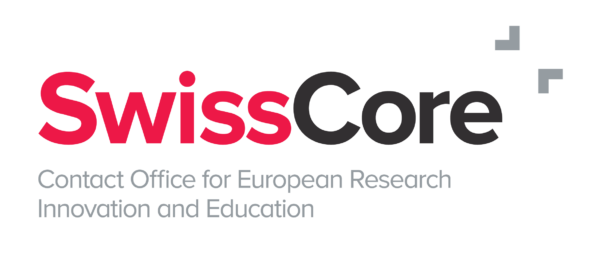A new report shows the progress and challenges in setting up national governance structures for EU missions.
In mid-January 2024, the European Commission (EC) published the first thematic report on the national implementation level of the EU missions. The information is based on both a survey on the mission governance provided by 18 countries and the results of the discussions at the first Mutual Learning Exercise (MLE) on the EU missions, held in Vienna in September 2023. The report provides a background on the multi-level governance (MLG) concept and analyses how the different approaches (e.g. meta-governance, network governance, adaptive governance, environmental governance) can be used to implement the EU missions in different national contexts.
The report highlights that the mission governance and strategies must be adapted to the local institutional context and the current mission cycle. It provides examples of several countries and assesses their status of implementation based on a survey in which 18 countries participated. The results show that most of the countries, which were regrouped into four categories, are in the process of implementing or developing governance structures: The first group, including Austria, Finland, France, Germany, Ireland, Lithuania, Norway, Romania, and Sweden, represents countries that have partially implemented mission governance structures. In the second group, in which Poland is the only listed country, core elements, such as coordinating ministries, are in place. However, the implementation via mission hubs still needs to be established. A third group, containing Belgium (Flanders), Czechia, Denmark, Portugal, and Slovakia, have yet to formalise governance structures but are working to establish stakeholder consultation platforms and other activities. Finally, the fourth group, Bulgaria, Greece, and Malta, still need a governance structure or concrete plans to develop it.
The responses also show that countries have adopted varying governance structures and processes, including different mechanisms for vertical and horizontal coordination. While there is an interest in aligning the mission governance structures across the EU, countries have customised their governance structures to their national contexts and administrative frameworks. For example, Germany has a steering forum for overarching exchange and a specific coordination group for each EU mission. In contrast, Austria has a working group on EU missions, mission action groups, international advisory boards, a mission management group, and an agency (FFG) that acts as a secretariat. Additionally, Denmark has informal hubs or stakeholder groups to share mission-related information, and many countries, such as Finland and Lithuania, build upon Horizon Programme Committee structures. For Slovakia and Czechia, the mission approach is based on established and agreed foundations and stakeholder groups for Research and Innovation Strategies for Smart Specialisations (RIS3).
Regarding the maturity of the different missions, the Cancer and Climate Adaptation missions seem to have more mature national structures. Regarding vertical coordination, Belgium (Flanders), Germany, and Ireland reported to have primary efforts to build regional links between the Cities and Climate Adaptation missions.
The report also highlights challenges of the mission governance, among them: i. complex coordination across different national ministries, agencies and governance levels; ii. limited resources and capacity for establishing governance structures; iii. integration of inputs from a wide range of stakeholders beyond the traditional R&I actors; iv. the alignment of timelines and priorities across the EU, national, and regional policies and funding programmes; v. the assessment of impact and monitoring of missions; and vi. the political commitment and public prioritisation of missions on the ground, with ongoing communication efforts to provide visibility to the missions.
Finally, the report also provides a series of good practices. It is, for example, particularly important to strategically embed stakeholders and bottom-up initiatives from cities, regions, and researchers in the national research and innovation plans to complement central structures.

